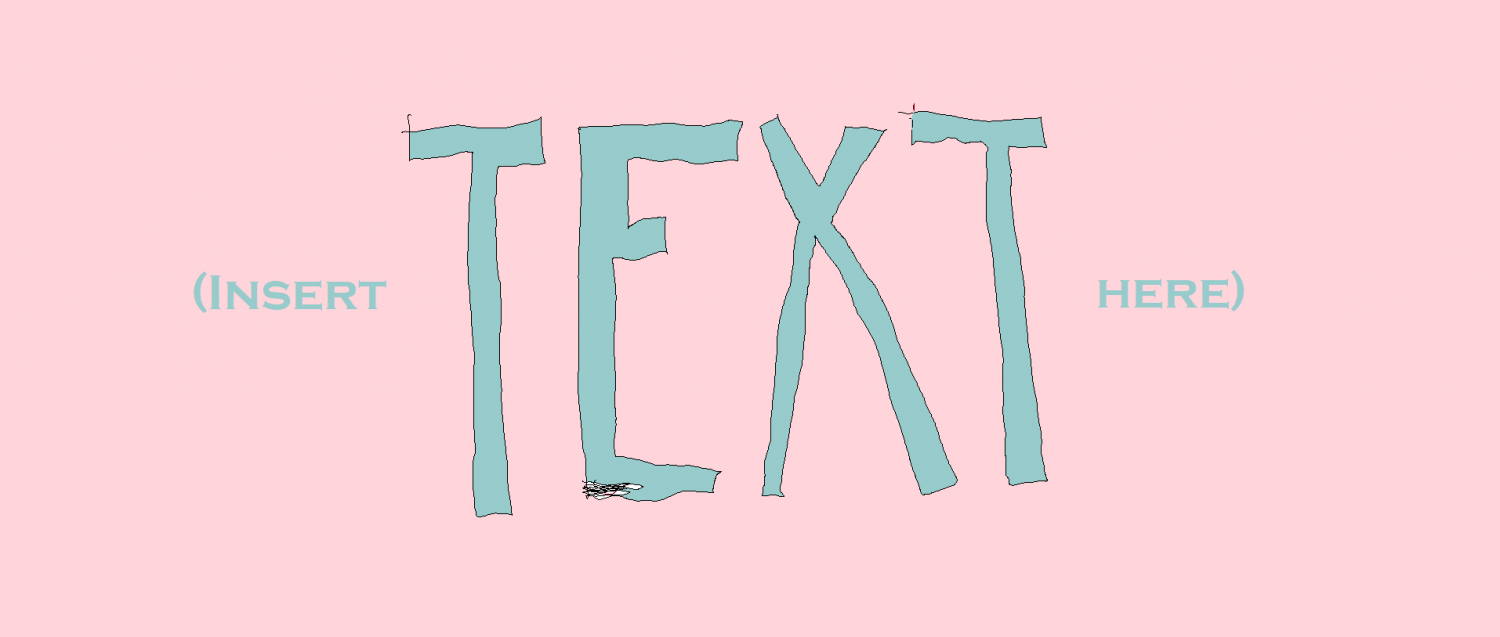As prompted by our course, and further to my own initial thoughts of what “text” and “technology” mean, the Oxford English Dictionary (OED) defines “text” as anything written or printed and includes words, phrases, and sentences. However, the OED does not mention other visuals. I wonder whether or not most people would include images, specifically graphs or diagrams, as “text.” Interestingly, related words such as texture and textile refer to weaving and fabric which, to me, has an obvious relationship with our common metaphors for narratives, such as weaving a story, or spinning a tale. Like Jonathan Berkowitz notes in his segment The Word Guy on CBC’s North by Northwest (Mackay, 2020), original definitions for words serve as metaphors for new definitions of words. In this case, the Latin word that “text” is derived from, means to weave. With respect to the OED definitions of technology and related words (technical, technique, technocracy) what stood out to me in the definitions were words like “specialized,” “particular,” “elite” and “experts.” I do think that there is a general idea that concepts related to technology are too complicated for general audiences to understand and that there seems to be a silo of information within the technology sector. Does the average person know how the internet works? Or how a computer works? I think of images of people vaguely gesturing around them when mentioning ‘the cloud.’
In Google’s NGram viewer I put in technology, text, and progress. I included the word progress because I had tied that idea to technology in my first post. Below are my results:
I’m very surprised by the results. I would have predicted that the use of the word technology would have increased during the Industrial Revolution, yet instead their are two small spikes in the early 16th century followed by no use until the 1950s. I wonder if the steady increase in the word starting in the 1950s is due to the establishment of the field of computer science. I also wonder if there is any relationship to the genre of science fiction. I suspect that as technology, as a consumable product, became more readily available in households, so to did the use of the word. The word “text” follows an interesting trajectory. Like another classmate, Carlo Trentadue (2021), mentioned in his post, perhaps the spikes in the word text in the 16th century are related to the invention of the printing press in the previous century. At least according to Wikipedia (“Printing press”, n.d.), the printing press spread across Europe through the 1500s. In The Word Guy podcast, Jonathan Berkowitz notes that the word “text” was used during Shakespeare’s time (end of the 1500s, early 1600s) to mean a style of handwriting. If I had to hazard a guess explaining the spike in the word “text” toward the late 1990s/early 2000s, I would put my money on the rise of SMS text messaging. According to Mashable (Erickson, 2012) the first text was sent in 1992 and Nokia became the first company to create a phone with texting capabilities in 1997.
Lastly, despite initially tying together the idea of technology and progress, the two words have opposing trajectories.
References
Erickson, C. (2012, September 21). A brief history of text messaging. Mashable. https://mashable.com/2012/09/21/text-messaging-history/
MacKay, S. (Host). (2020, April). [Radio episode]. In North by Northwest. CBC. https://www.cbc.ca/listen/live-radio/1-43-north-by-northwest.
Printing Press. (2021, January 5). In Wikipedia. https://en.wikipedia.org/w/index.php?title=Printing_press&oldid=998546950
Trentadue, C. (2021, January 11). Defining terms: Text & technologies. Text, Tech, & Thoughts Regarding. https://blogs.ubc.ca/etec540techtextthoughts/2021/01/11/hello-world/
